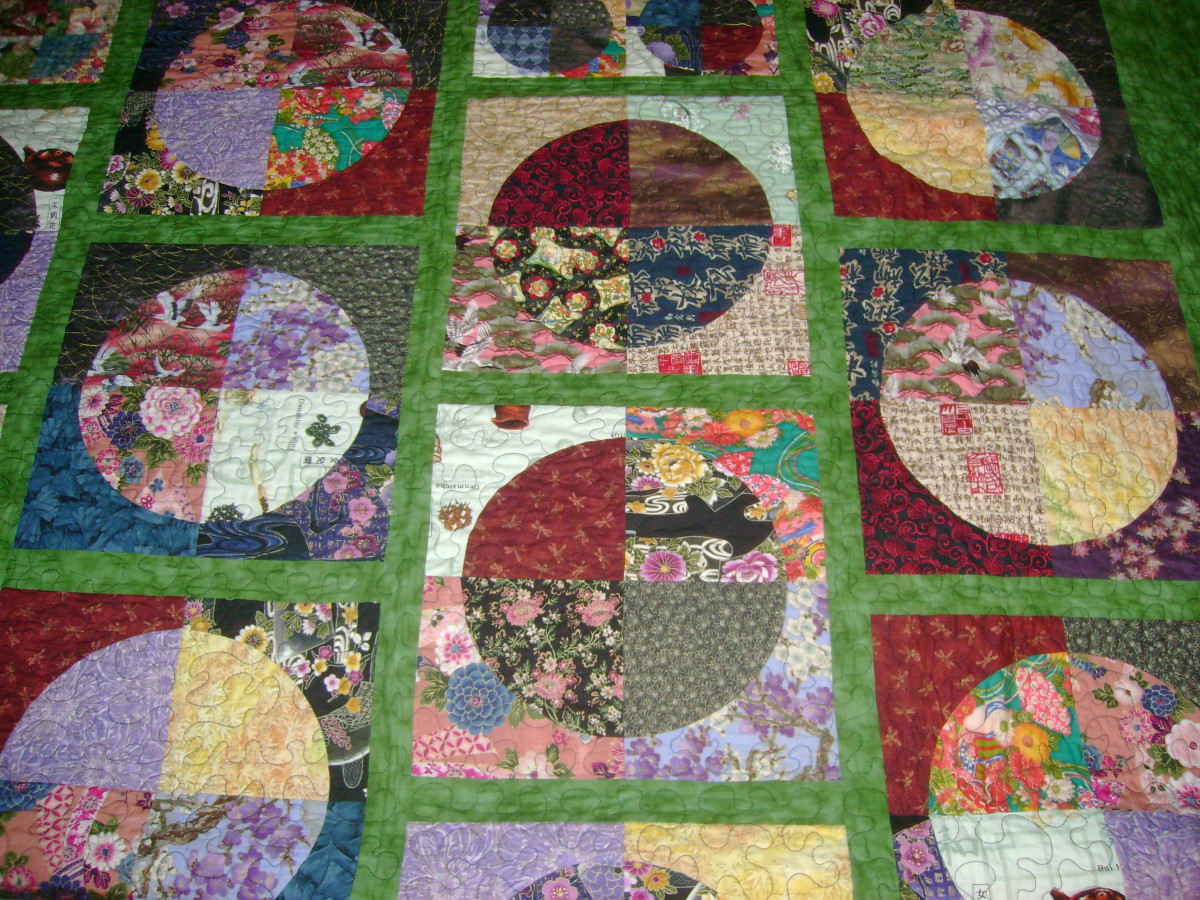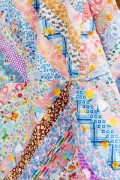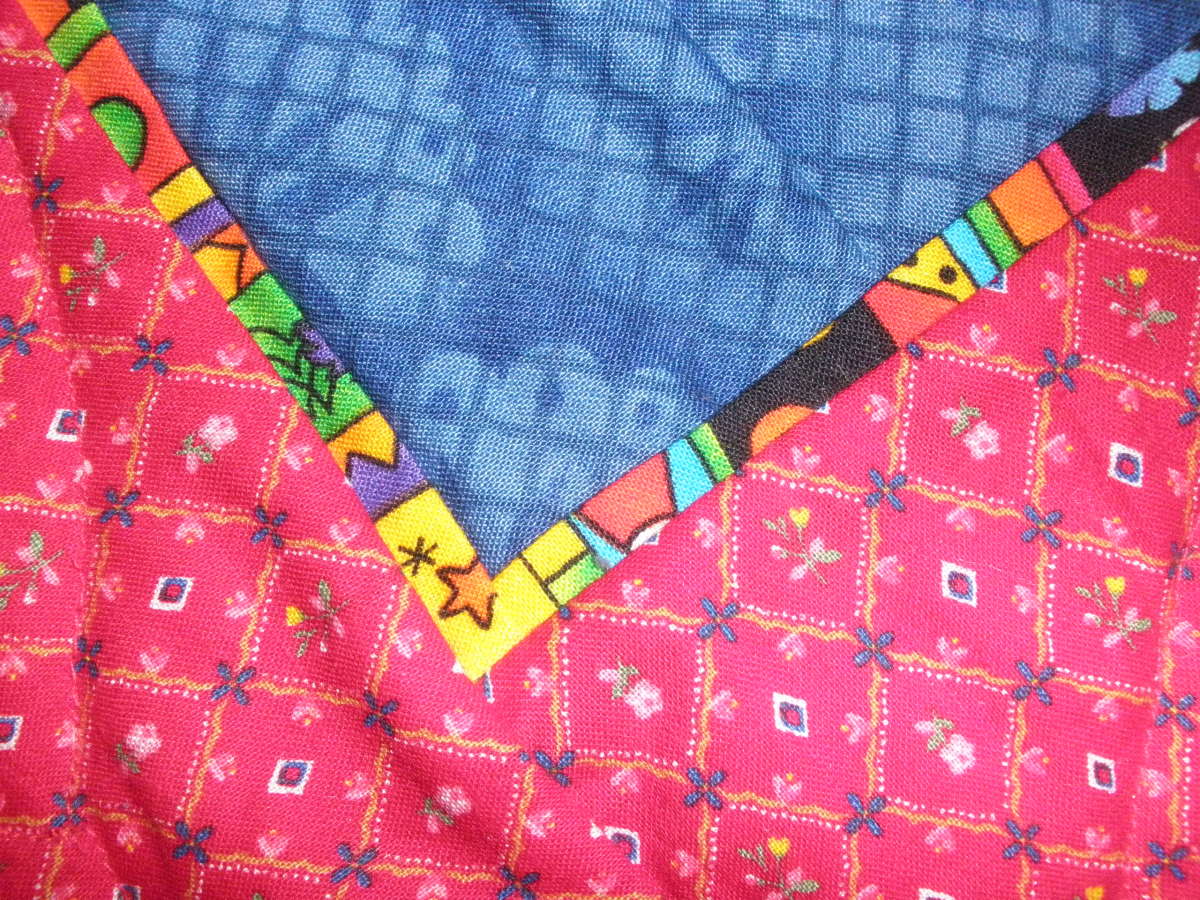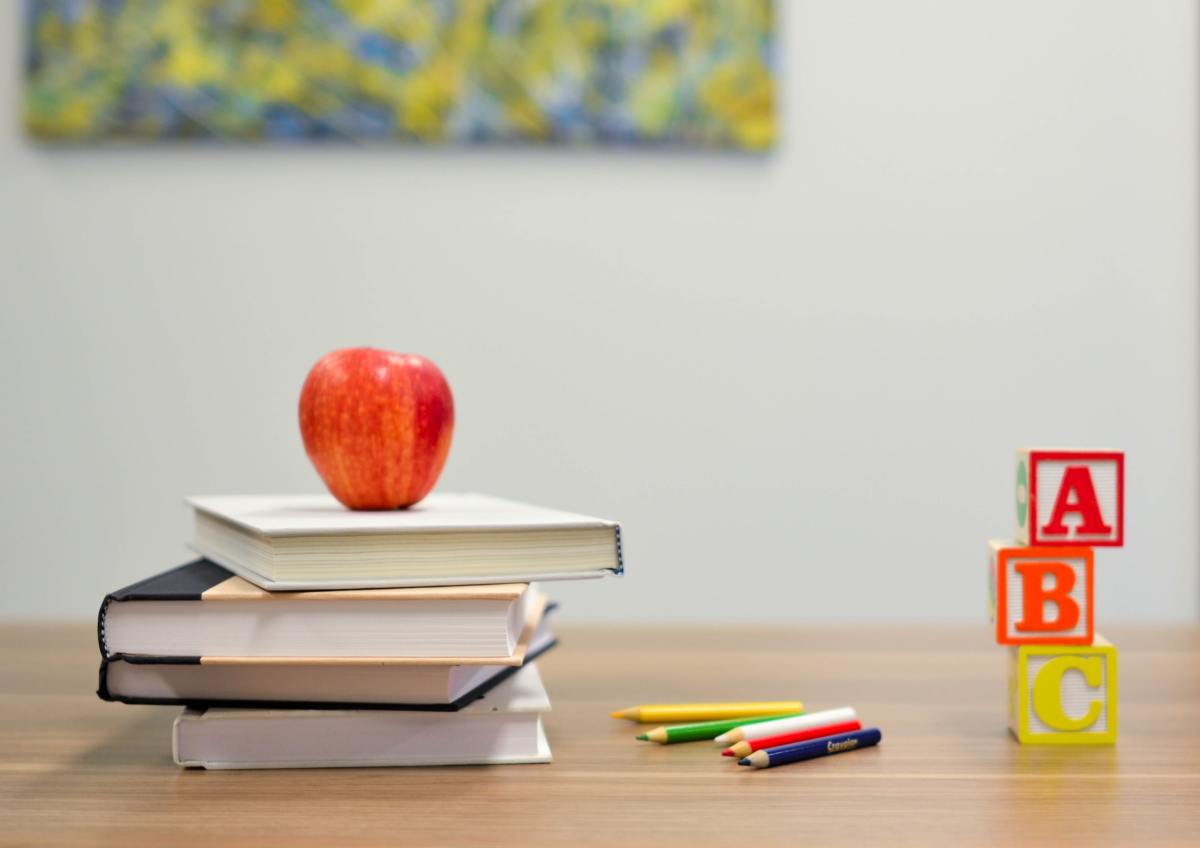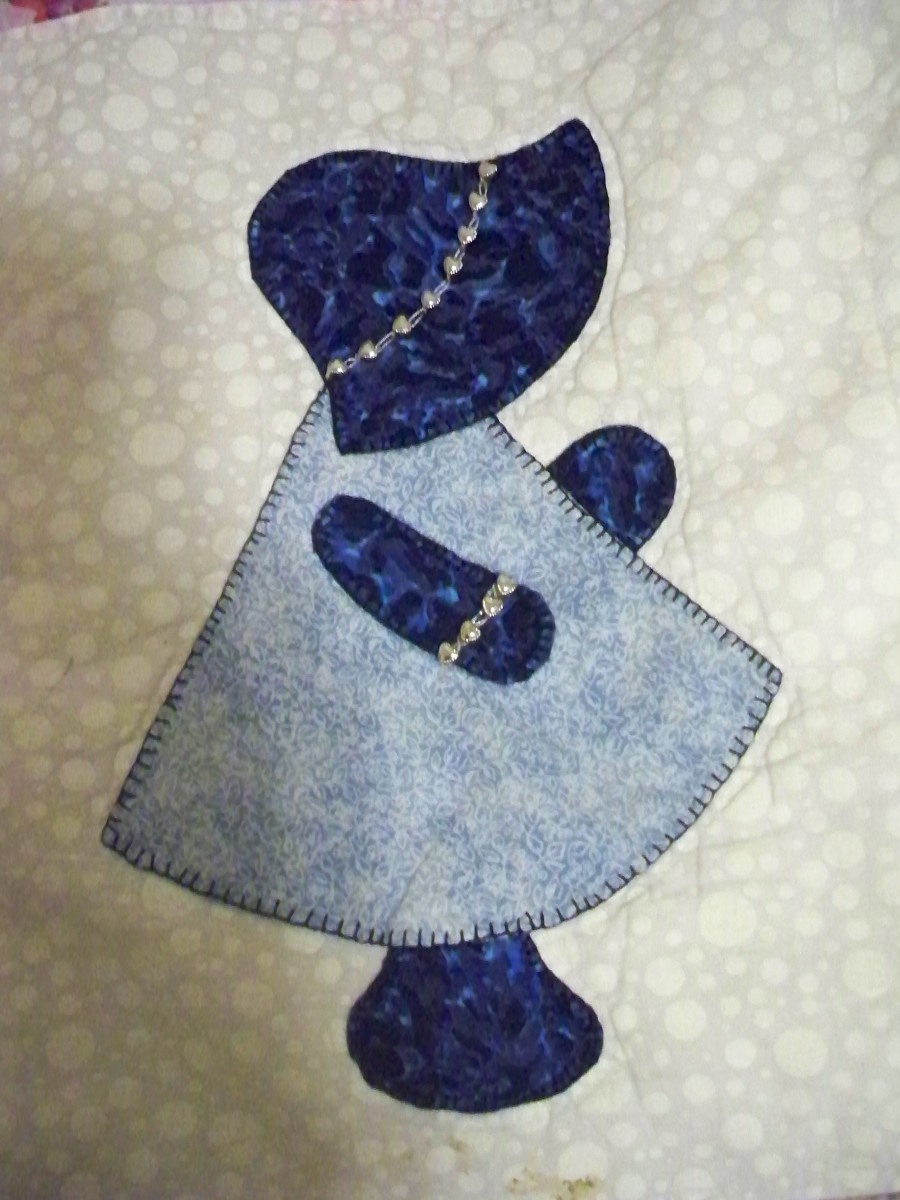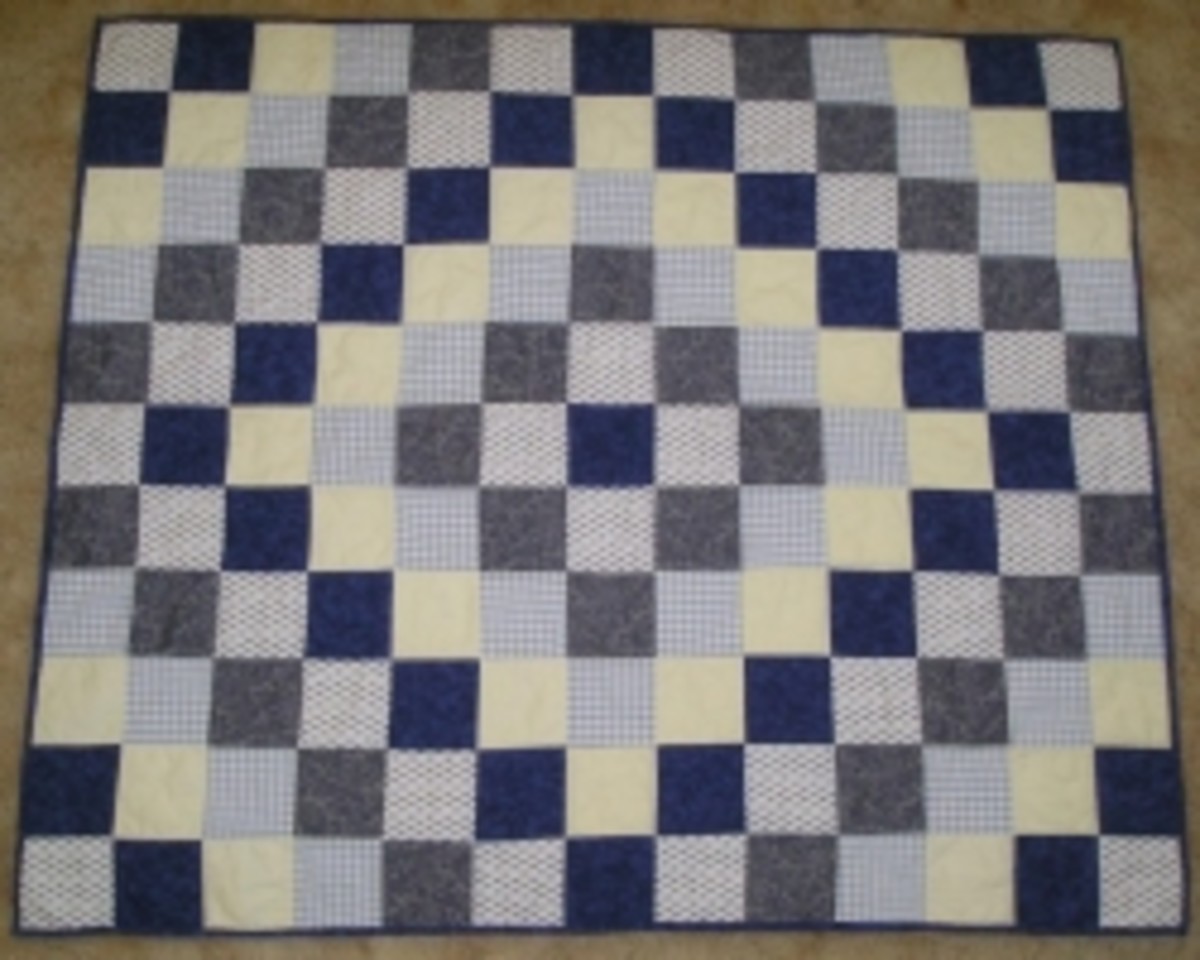Teaching patchwork: product or process?
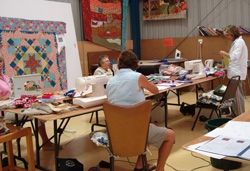
I teach
I teach many things to many people, but my main focus has been teaching people how to make great quilts.
I have an online school and a studio where I teach students how to get the most out of their hobby.
Having recently retired, I now write my thoughts about teaching as I have experienced it, and hope to increase debate about how quiltmaking is taught to new quilters.
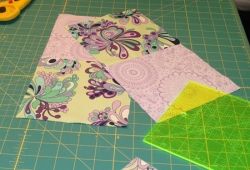
You have enrolled in a quiltmaking class
What do expect to achieve?
If you sign up for a class in making a quilt, then a quilt is what you want to have at the end of the course.
Do you want more than to make that quilt?
Will you have to sign up for another class to make another, different quilt?
What if the class didn't produce a quilt?
You didn't get what you expected ...
Would that produce irritation in you, the student?
What if the teacher encouraged you to change what the class was about as you went along in the teaching sessions, would that:
- Intimidate you?
- Excite you?
- Stimulate you?
- Annoy you?
Why I teach - Get your copy of this book on Amazon

You can teach a student a lesson for a day; but if you can teach him to learn by creating curiosity, he will continue the learning process as long as he lives.
— Clay P Bedford
I don't teach quiltmaking
I teach door opening!
I once said that to a room full of quilters on the first night of a week long symposium, where the tutors were to chat to the students about what they were going to be learning in the ensuing days.
A few days later one participant in my "Listen With Your Eyes" workshop said she understood what I had meant, and that they could never go back through the door!
I was thrilled that she 'got it'!
And here's the key to the door ...
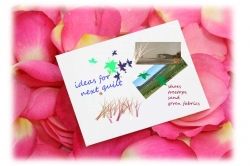
What DO I teach
my students then?
Even when I do teach a product (rarely except for raw beginners nowadays), I always try to stretch the ideas beyond the actual product.
I pose "What if?" questions constantly, and delight in showing students what would happen if ...
My philosophy is that when they leave my class, students have enough skills/ideas to play on their own for some time, before they try a new technique or go in a new direction with their quiltmaking.
End of workshop evaluations
Feedback is good
Because my teaching is different from that of most quiltmaking teachers, I always make time at the end of a workshop to have an open evaluation session. Students are not used to this, and are reluctant to give anything but praise.
I give the students permission to tell me openly what they think by asking questions that produce real answers.
First I tell them that I am going to ask some questions to which I don't want "Yes, Miss!" answers, but the truth about what was good/bad in the course.
Next I tell them that these questions are the way I continue/improve the class standards.
- I ask whether the course covered what they expected, and if so, was there enough of the content that they were looking for.
- I ask if there were sections that could have been left out of the course.
- I ask if there were things that were not included, that should have been.
This usually stimulates some great discussions because the students know that I am interested in their replies.
- If they want things included that are not practical, I tell them why, or explain that a different course will cover those topics.
- If they feel that some content wasn't necessary, I delete it or shorten it as far as possible.
- If they make good suggestions, I make sure to record them in order to add these to the class content.
I thank them for being energetic, enthusiastic and willing to experiment.
How I came to realise - that product was not my way
An article I wrote on my blog recently about product vs process
The Art of Teaching Adults - for business or hobbies
Get your copy of this great book from Amazon

And when you take a course in something ... - ... do want to make a product?
Have your say about what you think a patchwork class should contain.
Product or process?
Amazon has great books - on teaching and learning
Product or process
What's the difference?
Product is where students learn to produce an article, like a quilt.
Process is where students learn to analyse a project and work out how to apply different strategies to get differing results.
Is process bad?
Of course not!
A year or two back, I was asked to teach a group of thirteen years olds as a birthday party instead of the usual birthday treats.
Process would not have worked there. Firstly, the girls had no patchwork skills, and secondly this was a four hour class.
Product it had to be. That way, I could guide them as a group, with individual attention as needed.
And the product?
A bag and here they are in a patchwork chorus line.
Posing with their products - The birthday class
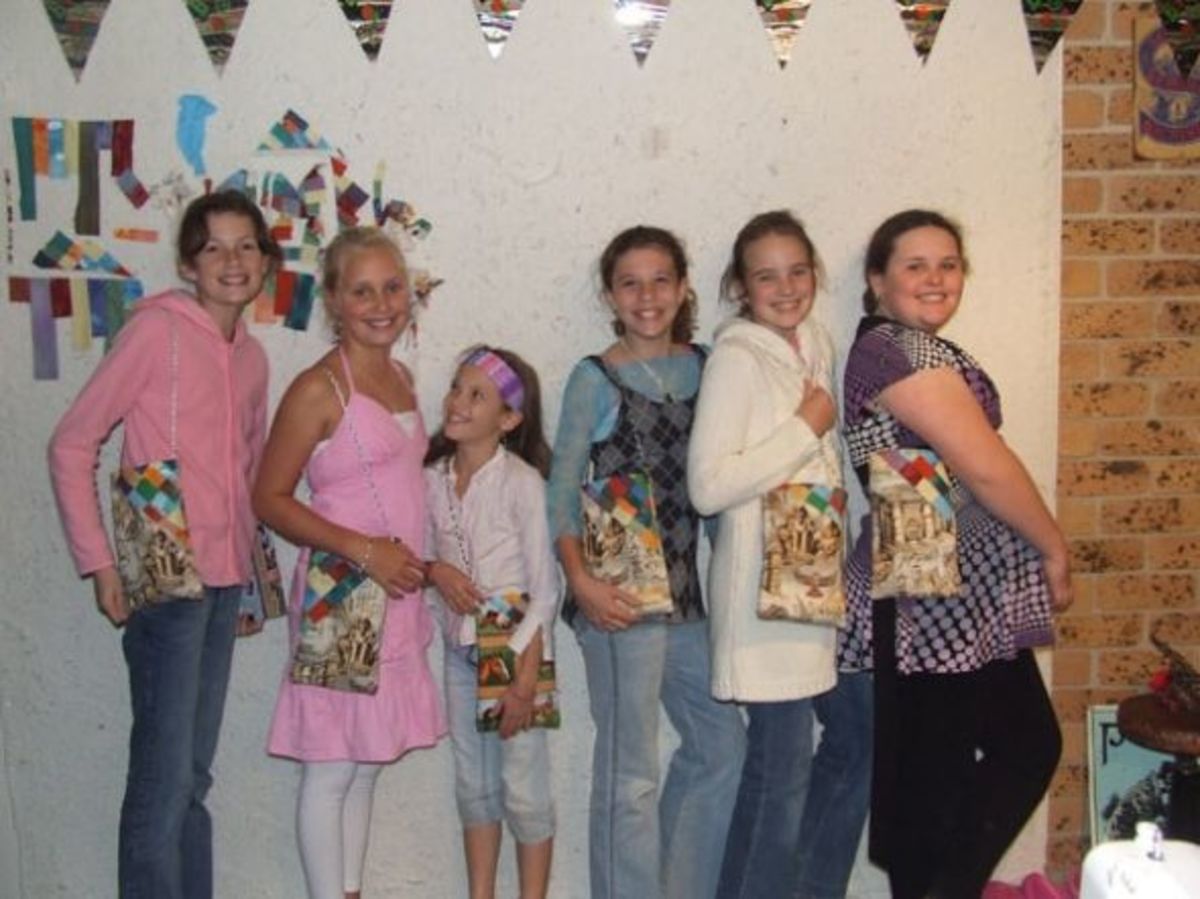
Process pros
and cons
Process takes away the all-together aspect of a class, as each student is travelling in a different direction — her/his own.
The teacher is much busier because of this. Individual attention can suffer if you are not diligent.
Process yields more Aha! moments than product, as the student finds answers to dilemmas.
The end is not always clear, nor is it reached always as in product.
The journey can be the process.
Process outcome
Not always immediately seen
When a participant in a class is stimulated to think beyond what the current subject is, they are eager to go on the journey with you.
Recently, in my studio classes, one beginner student was trying to decide on a fabric for a border in her new quilt. She had bought some fabric that 'went with' the quilt top she made. In class though, she found herself bothered by her choice.
Another student who has about two years more experience, suggested that she try a different approach and explained why.
The thrill for me was that the second student's confidence level was so improved that she could offer advice, even though she is just out of 'learner' shoes herself.
So Is product bad?
No, it's not!
Horses for courses!
Beginners always need product classes.
There is no point in asking them to be creative beyond colour choices, and even that is daunting for them.
In the beginning, beginners need to learn to make a product that is achievable — not their life's work, like some want to do. During the making of the product, you can gently lead discussions on what might be if ...
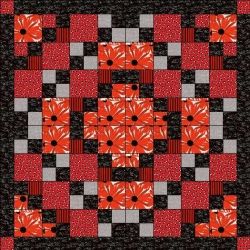
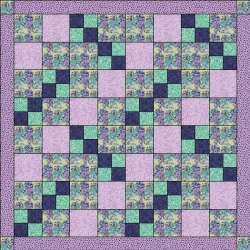
Product Pros
and cons
Product classes are easier on the teacher as all the students are working on the same thing.
Individual attention is more likely as there are not several 'classes' in one class.
There is little or no room for stimulation of ideas, or for self-expression.
Apart from colour differences, there is often no time/room for altering the product.
Product outcomes are foreseeable
Usually the outcome is predictable and tangible
- Students know where they are going
- Teacher can guage student ability levels quickly
When students are new, product is the best method, until they learn some basic skills.
Man's [or woman's] mind, once stretched by a new idea, never regains its original dimensions.
— Oliver Wendell Holmes© 2010 Jan T Urquhart Baillie



